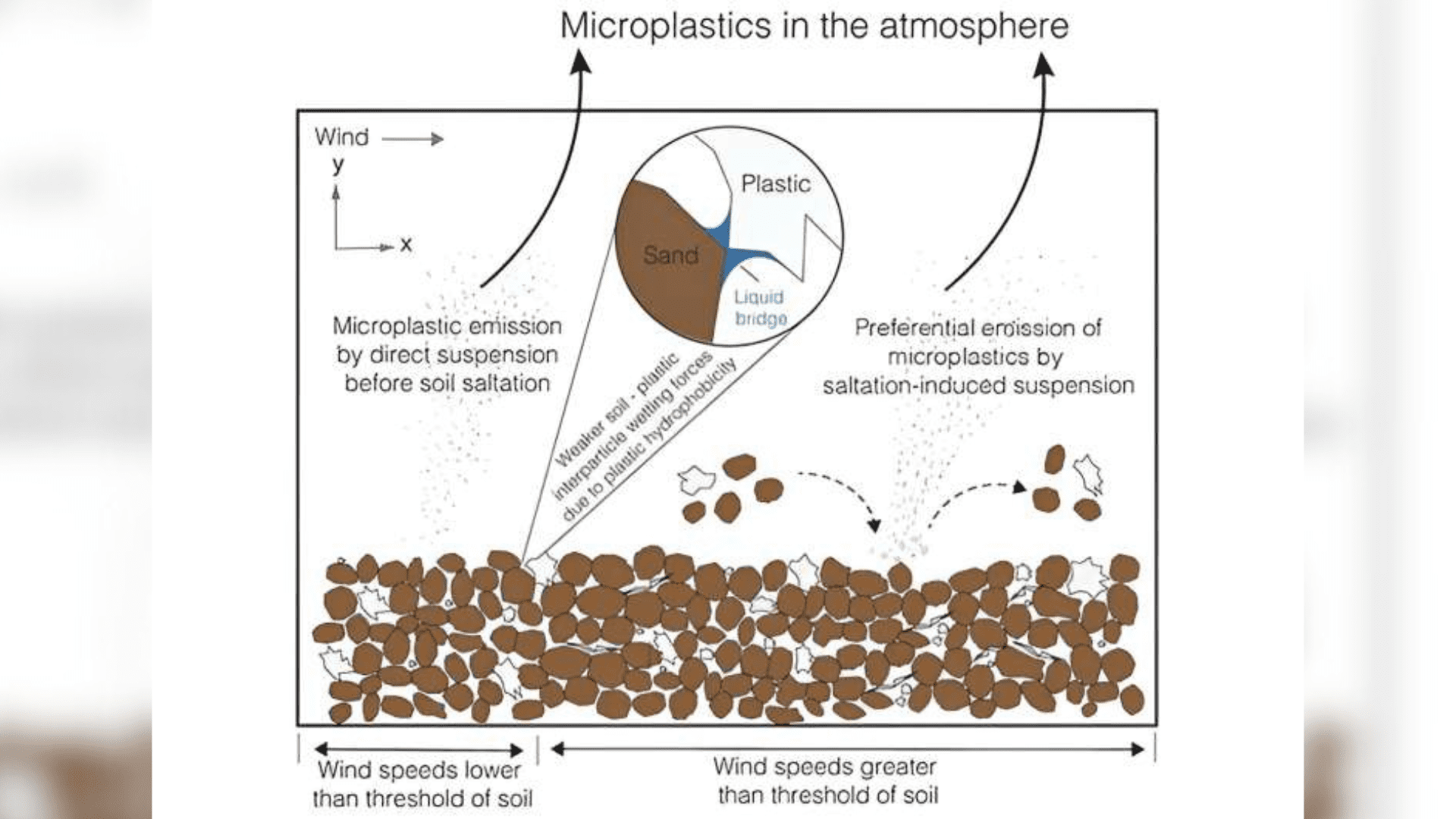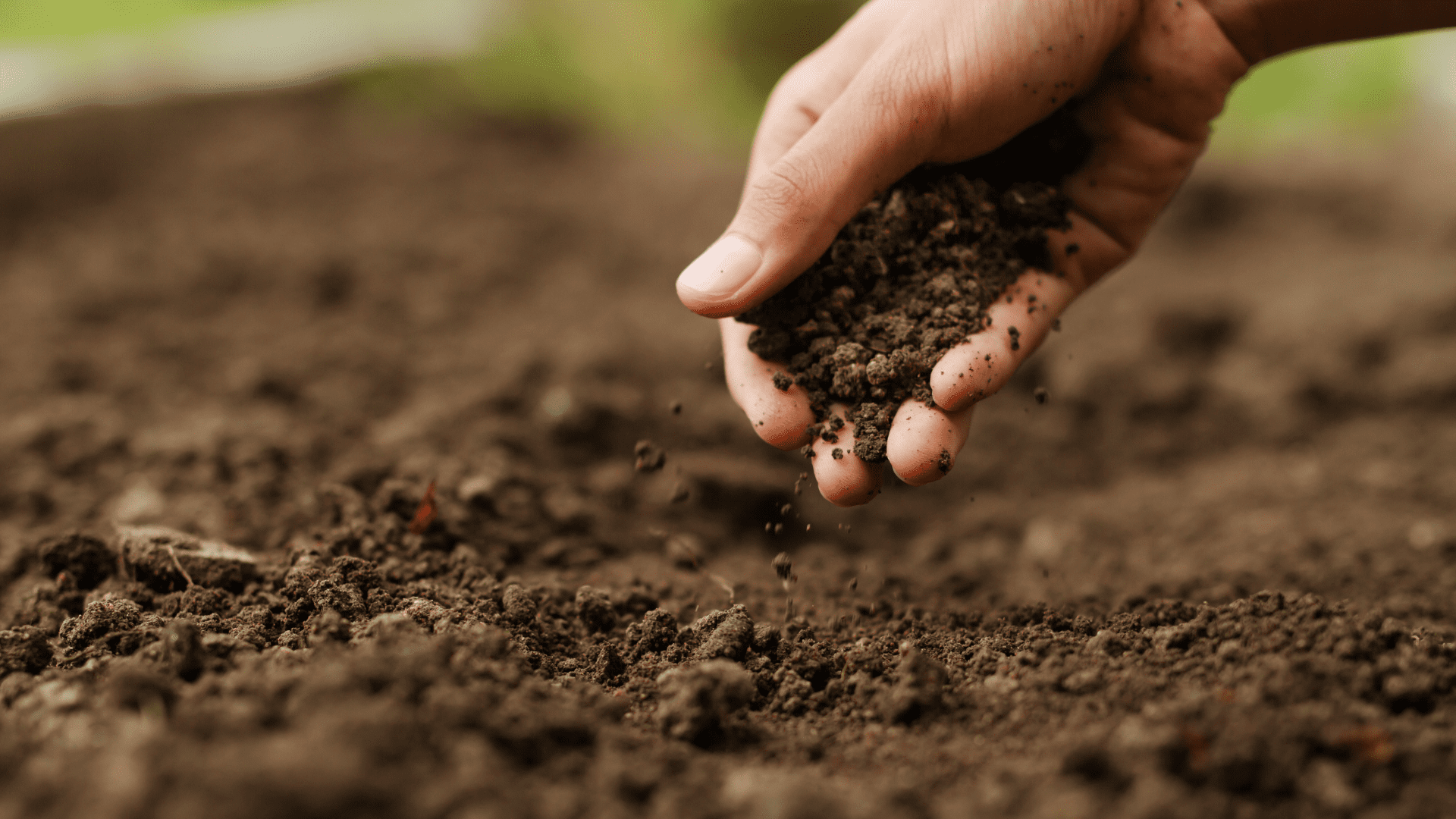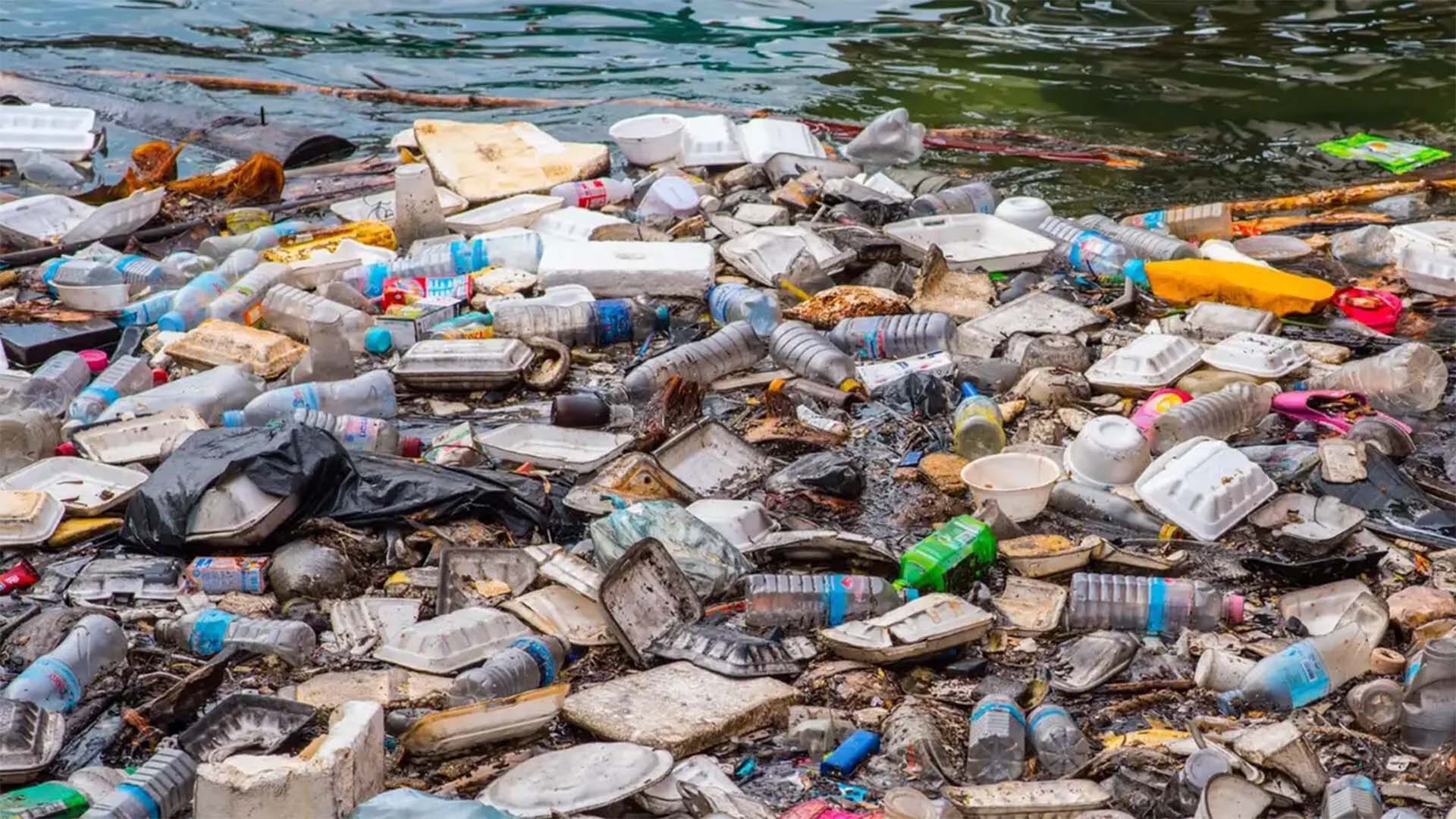Microplastics are popping up seemingly everywhere. They have been found in clouds to heart tissue. With more of these small particles appearing, they make their way into water supplies and even sewage. A small-scale study found a slight breeze can carry microplastics through the air.

Going airborne
With microplastics in sewage or water waste, they eventually make their way into fertilizer. To make agricultural soils, sewage solids are treated and used as a natural, renewable source for fertilizer called biosolids. Here is where the microplastics come in. Since the tiny particles of plastic are now in the waste water, they find their way into the soil because of the fertilizer. The study suggests a small gust of wind or a breeze can carry the tiny particles in the air. Also, researchers say it’s happening more often than they thought. The microplastics easily become airborne. Easier than dust particles.

Explore Tomorrow's World from your inbox
Get the latest innovations shaping tomorrow’s world delivered to your inbox!
I understand that by providing my email address, I agree to receive emails from Tomorrow's World Today. I understand that I may opt out of receiving such communications at any time.
The U.S. Environmental Protection Agency says, people use about 2 million metric tons of biosolids in the ground per year. This increases the chance of microplastics going back into the environment. It’s one thing that microplastics are reentering the environment but they can carry other pollutants from the waste water. Researchers says that is dangerous to inhale once it’s airborne.
Analyzing the microplastics
The team of researchers analyze the microplastics in the biosolids. Sediments from biosolid-treated land in Washington state are the focus of their analysis. They gathered them from a wind tunnel experiment. Since the microplastic particles are less dense than soil. This is the enrichment effect. Since the particles are less dense, they’re not easily trapped in moisture like the soil minerals. A light breeze can carry the particles easier than dust because of the enrichment effect. Previous models didn’t take this into account.
Researchers believe microplastics are picked up from nearly two and a half times more wind events than they thought. The researchers study reveals an interesting way how microplastics become airborne.






